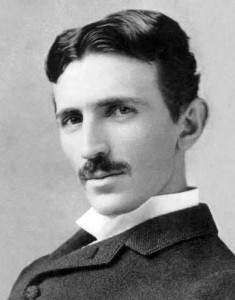 Nikola Tesla spent much time learning to exert self-control over his will. Once an addicted gambler, he worked hard to rid himself of that destructive desire. Not leaving a trace of desire apparently extended to his views on marriage and celibacy.
Nikola Tesla spent much time learning to exert self-control over his will. Once an addicted gambler, he worked hard to rid himself of that destructive desire. Not leaving a trace of desire apparently extended to his views on marriage and celibacy.
The late William H. Terbo (the son of Tesla’s sister’s son) once suggested that “womanizing” may have contributed in part to Tesla never completing his studies in Graz. Yet despite the opinion of a professional palmist, who opined that Tesla’s hand revealed “a flirtatious streak,” Tesla purposefully chose celibacy throughout his life. This did not stop the media of the time (even the technical journals) from urging him to get married—after all, “important people were expected to procreate for the good of the country.” As young science writer and close friend Kenneth Swezey later put it, “Tesla’s only marriage has been to his work and to the world…he believes…that the most enduring works of achievement have come from childless men…” Swezey described Tesla as “an absolute celibate.” Tesla himself claimed that to be a great inventor one must not allow himself to be distracted by love. When asked if he believed in marriage, he replied that:
“for an artist, yes; for a musician, yes; for a writer, yes; but for an inventor, no. The first three must gain inspiration from a woman’s influence and be led by their love to finer achievement, but an inventor has so intense a nature with so much in it of wild, passionate quality, that in giving himself to a woman he might love, he would give everything, and so take everything from his chosen field. I do not think you can name many great inventions that have been made by married men.”
While rumors abounded over Tesla’s relationship with Katharine Johnson, wife of The Century editor (and Sierra Club co-founder) Robert Underwood Johnson, he never did marry, hence why his grandnephew William Terbo was so active in keeping Tesla’s name alive.
[Adapted from my book, Tesla: The Wizard of Electricity]

Lincoln: The Fire of Genius: How Abraham Lincoln’s Commitment to Science and Technology Helped Modernize America is available at booksellers nationwide.
Limited signed copies are available via this website. The book also listed on Goodreads, the database where I keep track of my reading. Click on the “Want to Read” button to put it on your reading list. Please leave a review on Goodreads and Amazon if you like the book.
You also follow my author page on Facebook.
David J. Kent is President of the Lincoln Group of DC and the author of Lincoln: The Fire of Genius: How Abraham Lincoln’s Commitment to Science and Technology Helped Modernize America and Lincoln: The Man Who Saved America.
His previous books include Tesla: The Wizard of Electricity and Edison: The Inventor of the Modern World and two specialty e-books: Nikola Tesla: Renewable Energy Ahead of Its Time and Abraham Lincoln and Nikola Tesla: Connected by Fate.



 This has been a very busy summer in Lincoln world. For me personally I have two upcoming presentations in Washington, D.C., including keynoting a major annual event at Fort Stevens. And both are free (so come on down).
This has been a very busy summer in Lincoln world. For me personally I have two upcoming presentations in Washington, D.C., including keynoting a major annual event at Fort Stevens. And both are free (so come on down).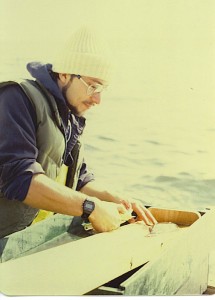 A while back I wrote a post called
A while back I wrote a post called 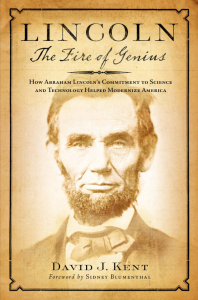
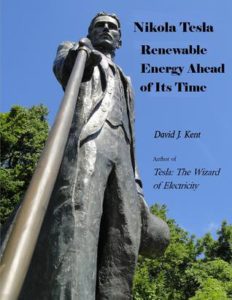 an article published in
an article published in 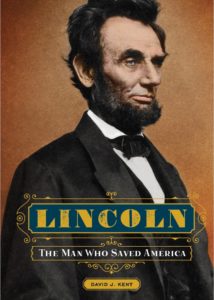
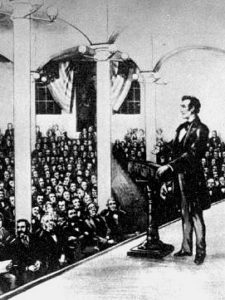 On February 27, 1860, a tall, lanky lawyer from Illinois gave a speech at a place called Cooper Union in New York City. The speech would make Abraham Lincoln president. Sounds a bit hyperbolic to say such a thing, and there were many other factors that contributed to Lincoln’s success that election season, but the speech did more to make his name in eastern society than any other event.
On February 27, 1860, a tall, lanky lawyer from Illinois gave a speech at a place called Cooper Union in New York City. The speech would make Abraham Lincoln president. Sounds a bit hyperbolic to say such a thing, and there were many other factors that contributed to Lincoln’s success that election season, but the speech did more to make his name in eastern society than any other event.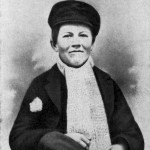 Although he was the last of seven children, Thomas Alva Edison was born into a largely empty household. February 11, 1847, was a cold, snowy night in the tiny village of Milan, Ohio, not far from the shores of Lake Erie. Edison’s mother, Nancy, who seemed always to be wrapped in black mourning garb, was eager to have more children to replace those who had not survived. One son, Carlile, died in 1842, when he was only 6 years old. A second son, 3-year-old Samuel Ogden, perished a year later while Nancy was pregnant with daughter Eliza. Eliza also lived only three years, passing away in late 1847, when Thomas was still an infant.
Although he was the last of seven children, Thomas Alva Edison was born into a largely empty household. February 11, 1847, was a cold, snowy night in the tiny village of Milan, Ohio, not far from the shores of Lake Erie. Edison’s mother, Nancy, who seemed always to be wrapped in black mourning garb, was eager to have more children to replace those who had not survived. One son, Carlile, died in 1842, when he was only 6 years old. A second son, 3-year-old Samuel Ogden, perished a year later while Nancy was pregnant with daughter Eliza. Eliza also lived only three years, passing away in late 1847, when Thomas was still an infant.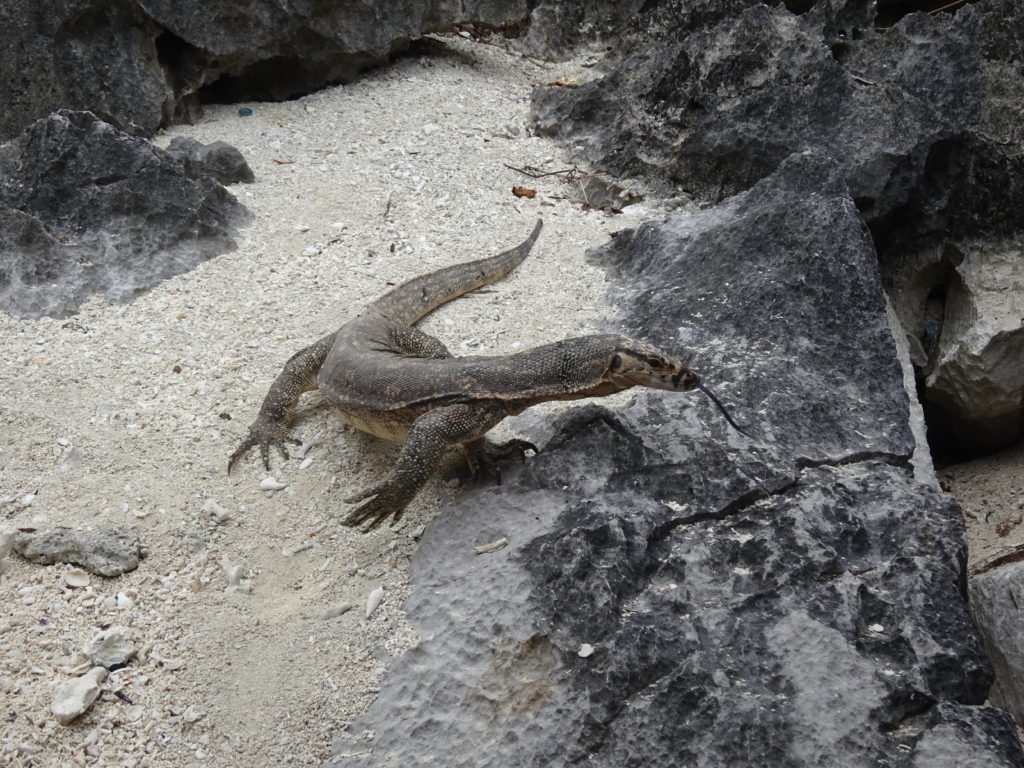 A close relative of the somewhat larger and more famous Komodo Dragon, all monitor lizards belong to the genus Varanus, a word derived from the Arabic meaning “dragon” or my favorite, “lizard beast.” And what a beast he was (but in a good way).
A close relative of the somewhat larger and more famous Komodo Dragon, all monitor lizards belong to the genus Varanus, a word derived from the Arabic meaning “dragon” or my favorite, “lizard beast.” And what a beast he was (but in a good way).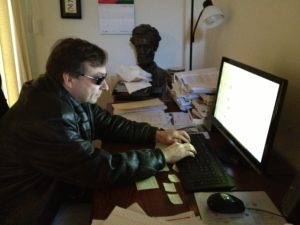 The year 2018 in a writer’s life was good. Well, kind of up and down, really. Okay, let’s just call it a year of transition. And that is actually a good thing.
The year 2018 in a writer’s life was good. Well, kind of up and down, really. Okay, let’s just call it a year of transition. And that is actually a good thing. A few days before Christmas 1864, Abraham Lincoln received a Christmas present from General William T. Sherman –
A few days before Christmas 1864, Abraham Lincoln received a Christmas present from General William T. Sherman – 










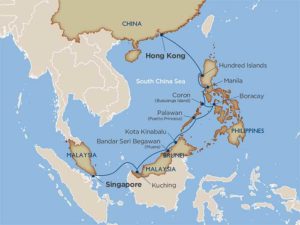 Traveling can take you back in time (as in, history)…or it can take you away in space (as in, geography; so far no actual space travel for me). I’m about to do both.
Traveling can take you back in time (as in, history)…or it can take you away in space (as in, geography; so far no actual space travel for me). I’m about to do both.






